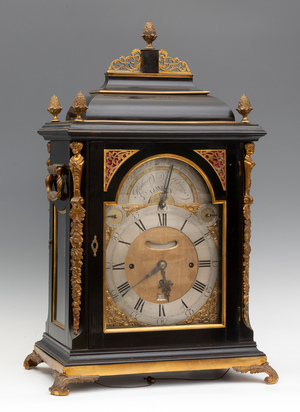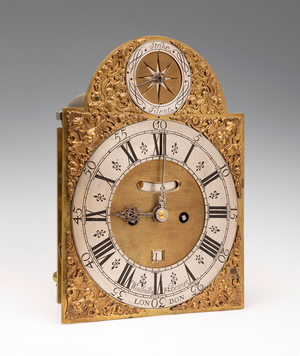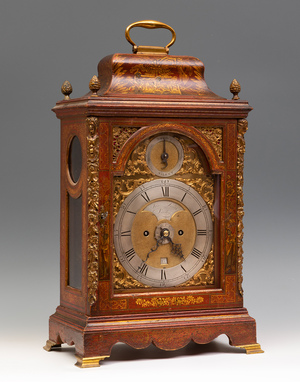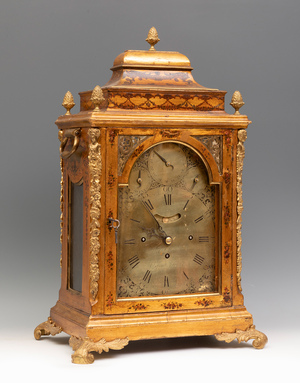The immortality of 'bracket' watches
Setdart presents this magnificent collection of clocks treasured and preserved for more than forty years by the same collectors. The auction includes pieces by the hand of the most illustrious European builders from the 17th to the 20th century. The pieces that will be auctioned on March 24 are a perfect example and a clear reflection of exquisite craftsmanship and technical precision.
Bracket clocks stand out mainly for their mechanism, but also for their decoration. This typology has its origin in the 1760s, when the pendulum was applied to the clock, replacing the previous “foliot” or flywheel regulator. This change made it necessary to provide the mechanism with a box that would protect it from knocks that could alter its progress. This is how the watches called in England “bracket” were born, that is, the transportable watches. These are short box pieces, which house inside a mechanism held between two thick plates and containing, as the driving force for each train, a combined cube and snail. These clocks were initially intended to be placed on a corbel, hence their English name. This corbel was an independent piece that used to be made at the same time, with decoration to match the clock. Later, however, base and watch began to be made separately.
The English developed a watchmaking mechanics differentiated from that of the rest of Europe, based on an industry of specialized workshops that produced products of great technical perfection. The boxes were made by cabinetmakers who enriched the watches, turning them into authentic jewels. For this reason, throughout the 18th century, English clocks evidenced the stylistic evolution that developed in English cabinetry, starting with the William and Mary and Queen Anne models, passing through the Chippendale and Hepplewithe styles, to finally return to classicism with the Adam, the Sheraton and finally the Regency. Regarding the specific typology of the bracket clock, it maintained its elegant and stately appearance throughout the 18th century, and at the end of the century the boxes were larger, more monumental.
The solidity of its mechanism makes it almost immortal, each piece is specially designed to last over time, without sacrificing taste and style. On numerous occasions, the dial was ordered to be made by goldsmiths who carefully carved the figures, engraved on the front sole and on the plate, incorporated the silver dial on a golden sole, the most characteristic watches have black numerals and a silver background.
The accuracy in measuring the time of English watches has survived to this day and there are magnificent pieces made with excellent materials and in perfect condition. Some of the best examples have been made by watchmakers such as Robert Higgs, Abel Panchaud, Windmill & Bennet, James Smith, among others, who will be part of the next watch auctions, as well as exceptional pieces by other Spanish, French, German and Swiss.









